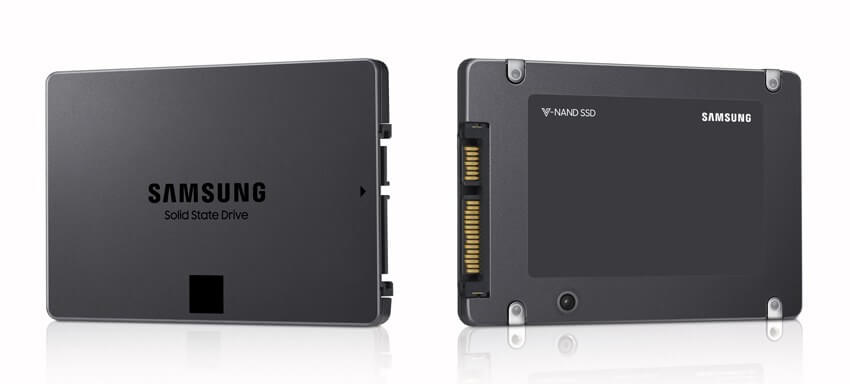Something to look forward to: With the size of games getting ever larger, are you finding yourself running out of storage space? If so, here’s some good news from Samsung. The Korean giant has announced that it is now mass producing the industry’s first 4-bit QLC (quad-level cell) SSDs for consumers, which may lead to cheaper high-capacity drives.

Jaesoo Han, Executive VP of Memory Sales and Marketing at Samsung, said: “Samsung’s new 4-bit SATA SSD will herald a massive move to terabyte-SSDs for consumers. As we expand our lineup across consumer segments and to the enterprise, 4-bit terabyte-SSD products will rapidly spread throughout the entire market.”
Samsung’s QLC SSDs are based on the firm’s 1Tb 64-layer V-NAND used in its TLC flash, which stores three bits per cell.
With the amount of data being stored in each cell increasing from three bits to four, performance and speed of the new SSDs were expected to decrease. But Samsung says its upcoming 4-bit 4TB QLC SSD boasts the same performance as a 3-bit SSD. It achieves this by using a 3-bit SSD controller and TurboWrite technology.
Samsung specifies that its 4-bit QLC SSD has a sequential read speed of 540 MB/s and a sequential write speed of 520 MB/s, but it doesn’t mention random I/O speeds or endurance figures.
Samsung says the new drives will be available in 1TB, 2TB, and 4TB capacities in a 2.5-inch SATA form factor. The company added that it is also working on a 128GB QLC memory card for smartphones. No word yet on prices or release dates.
https://www.techspot.com/news/75846-samsung-starts-mass-production-first-4-bit-ssds.html